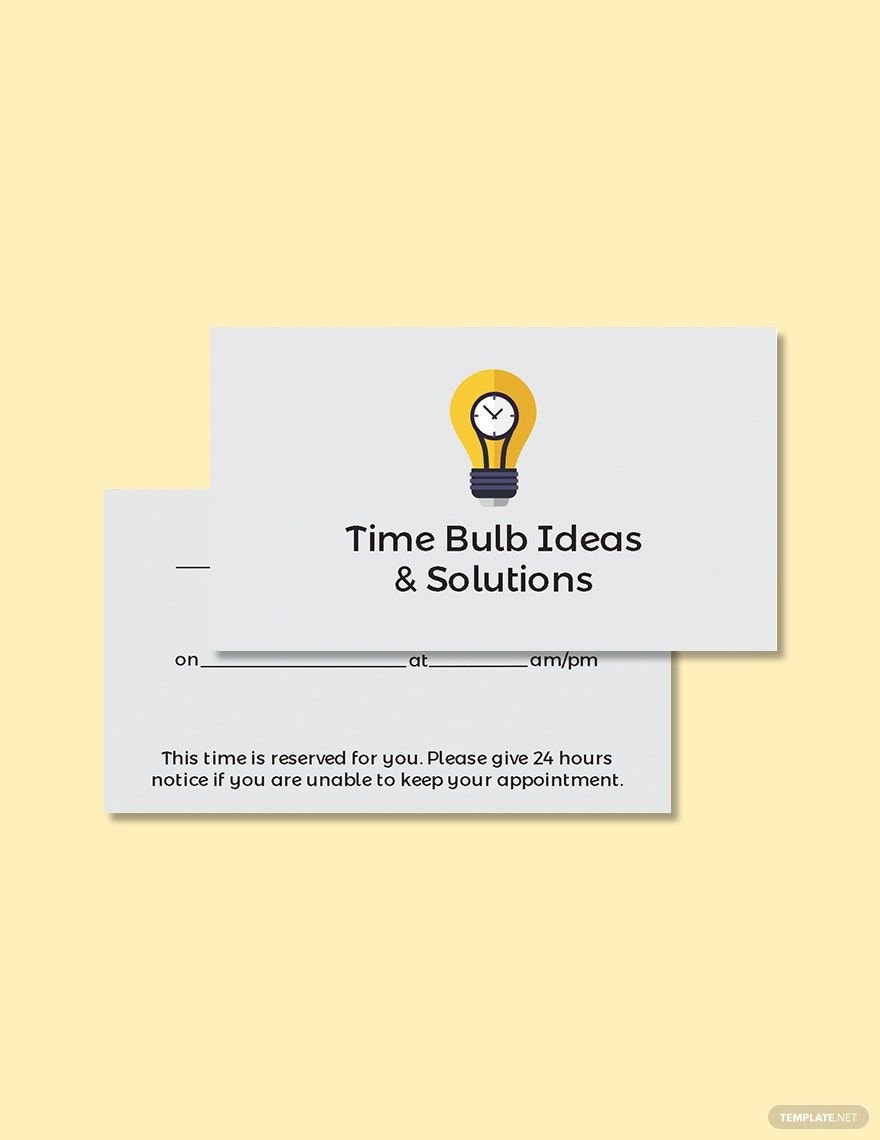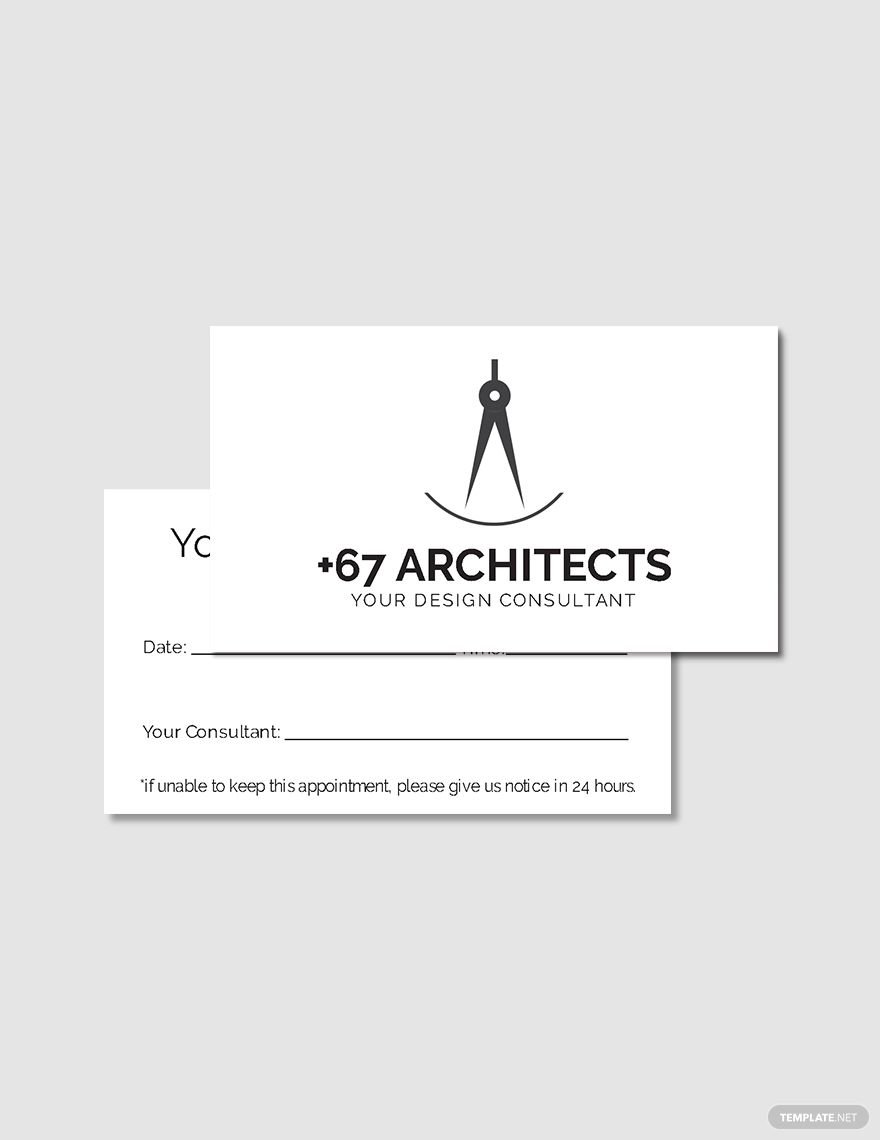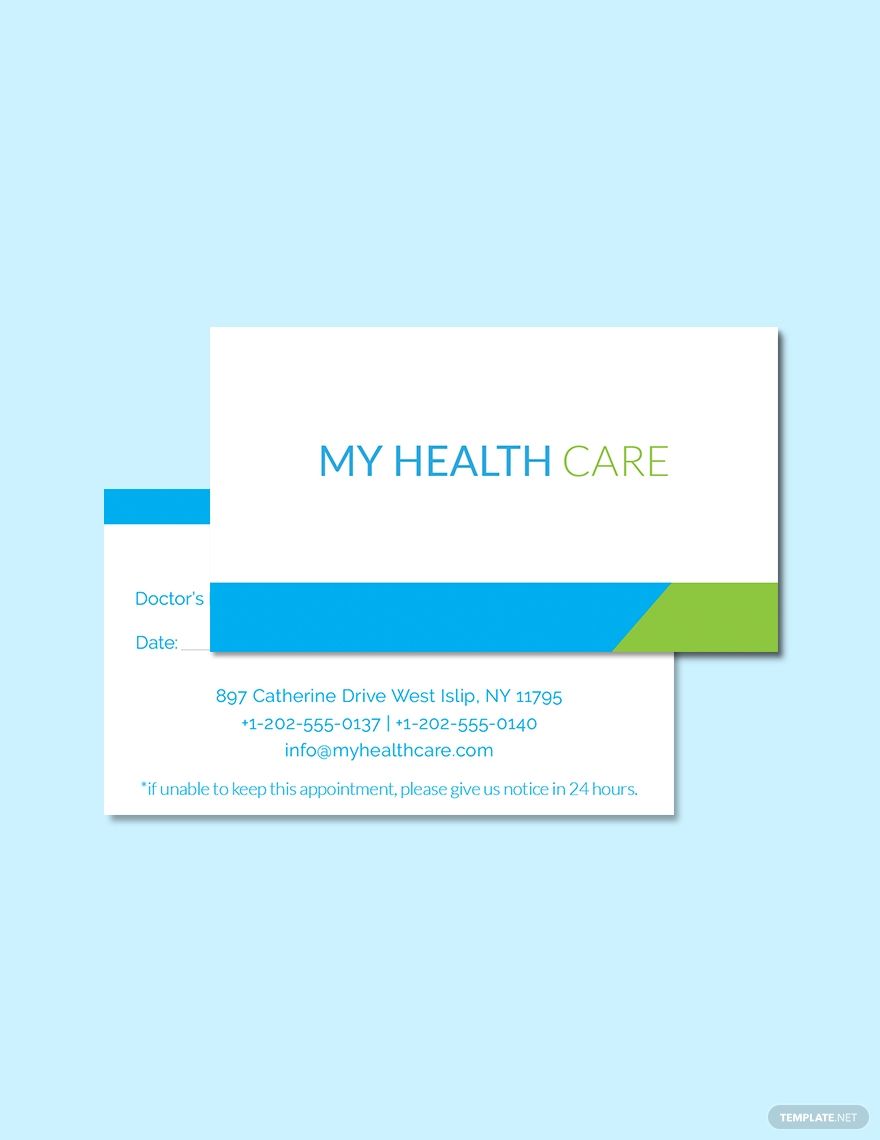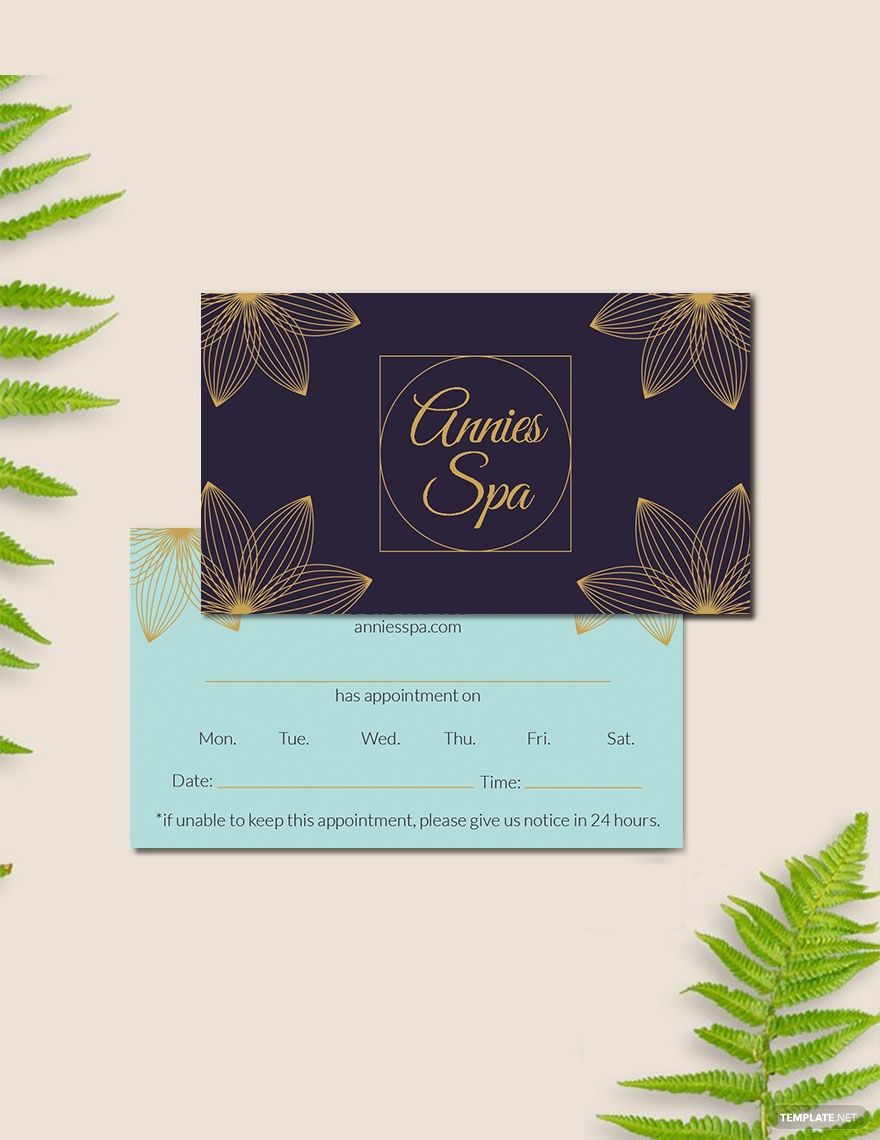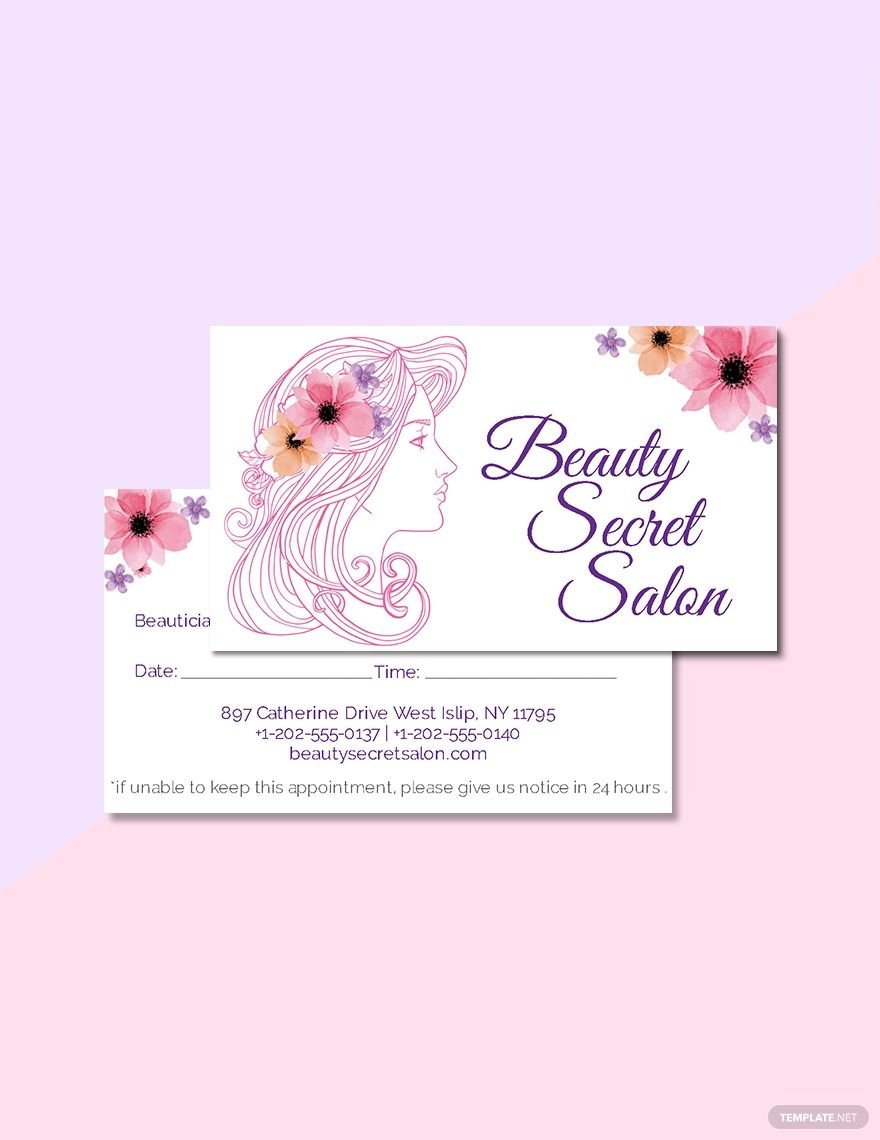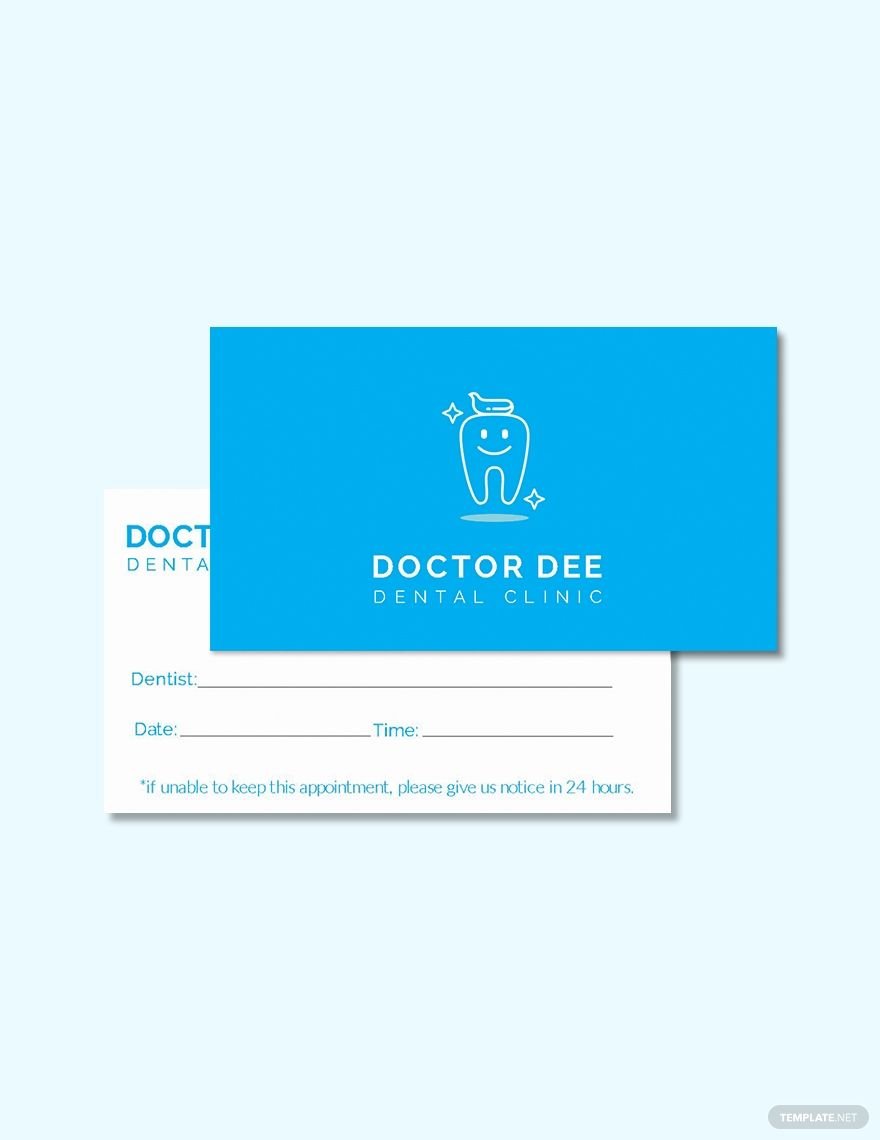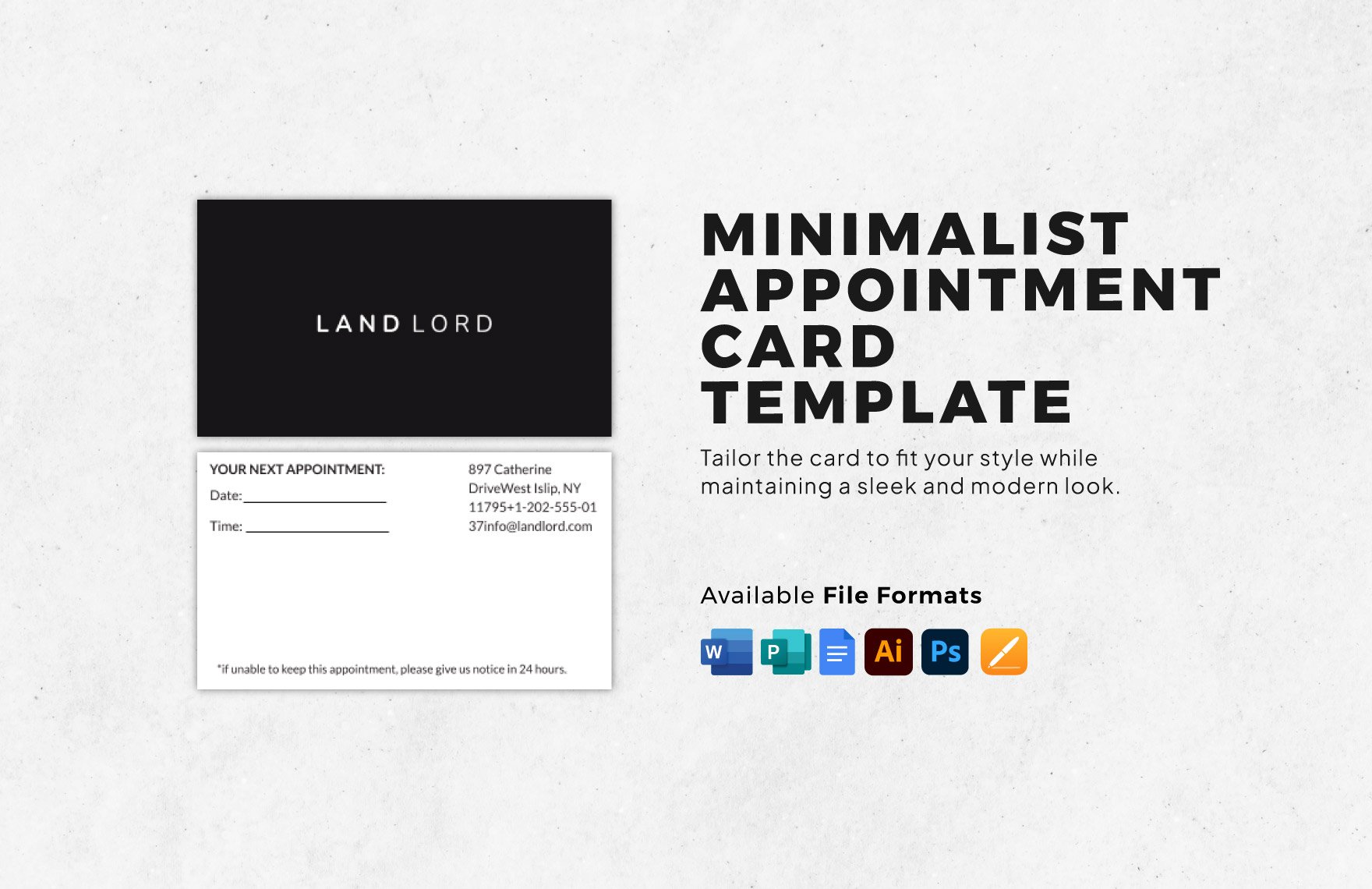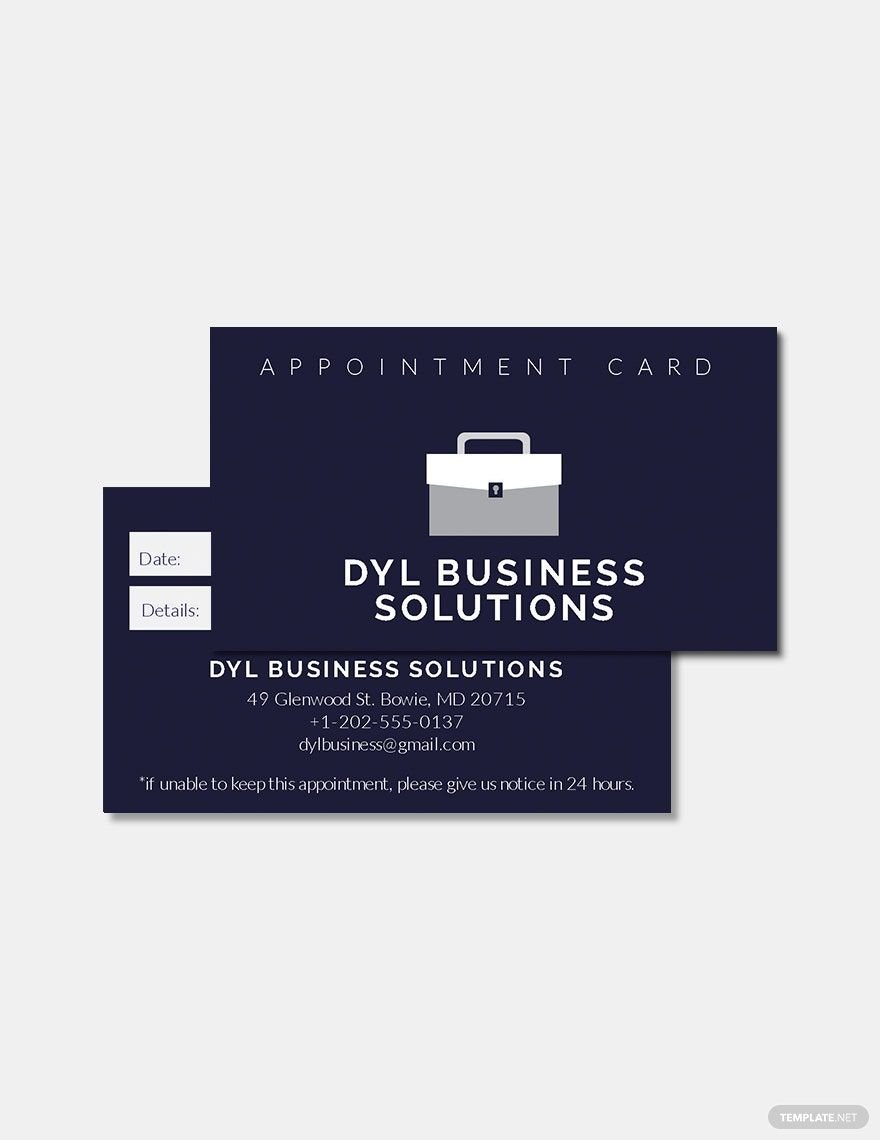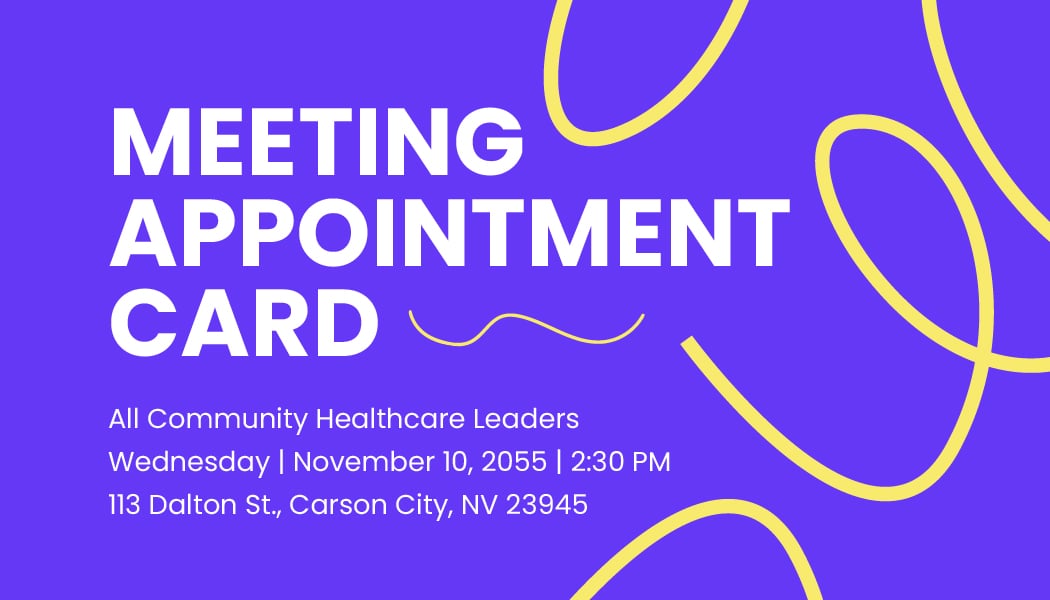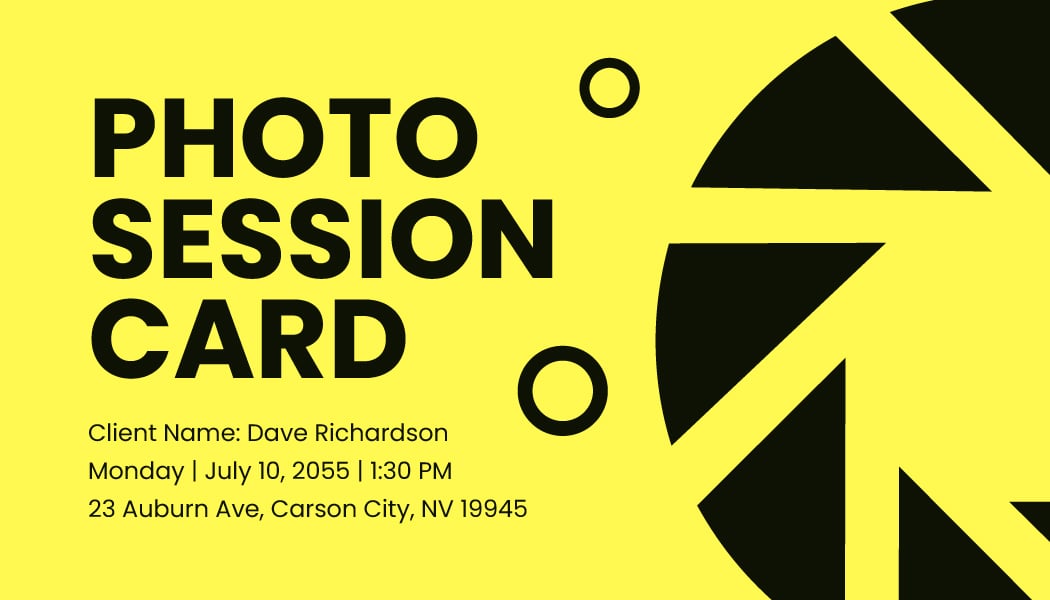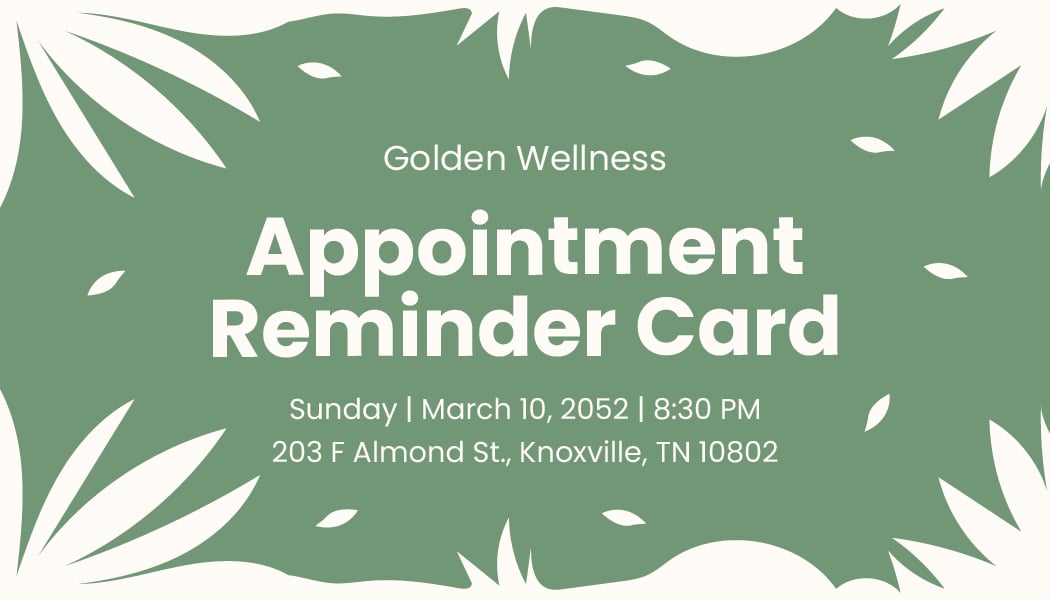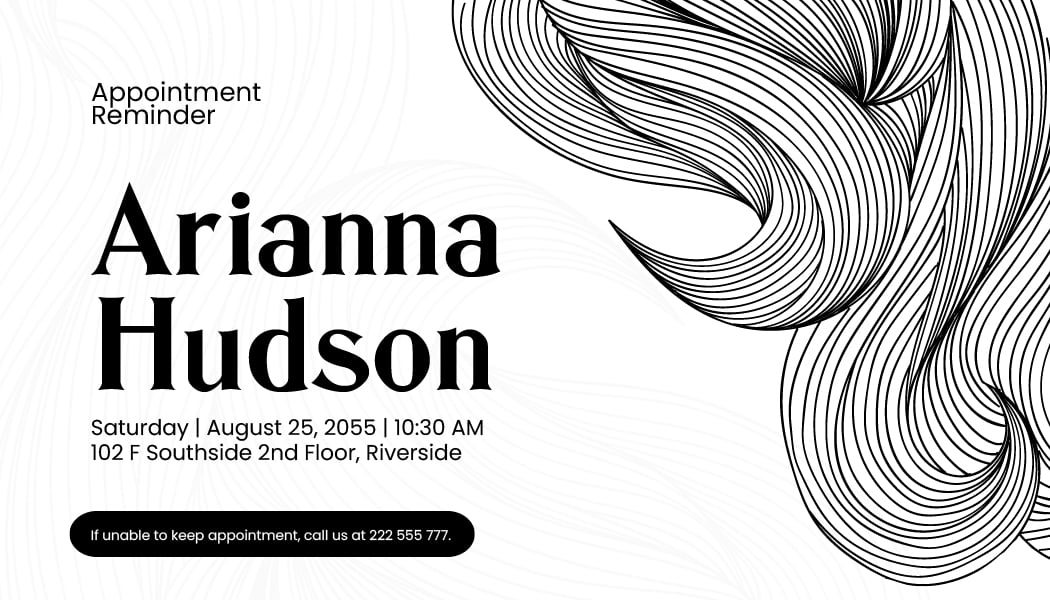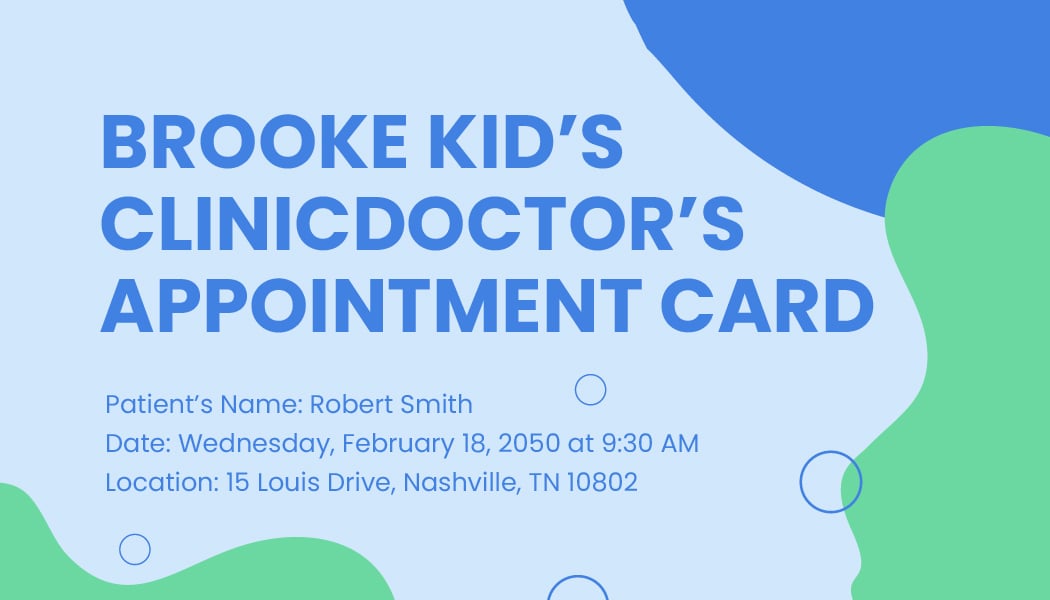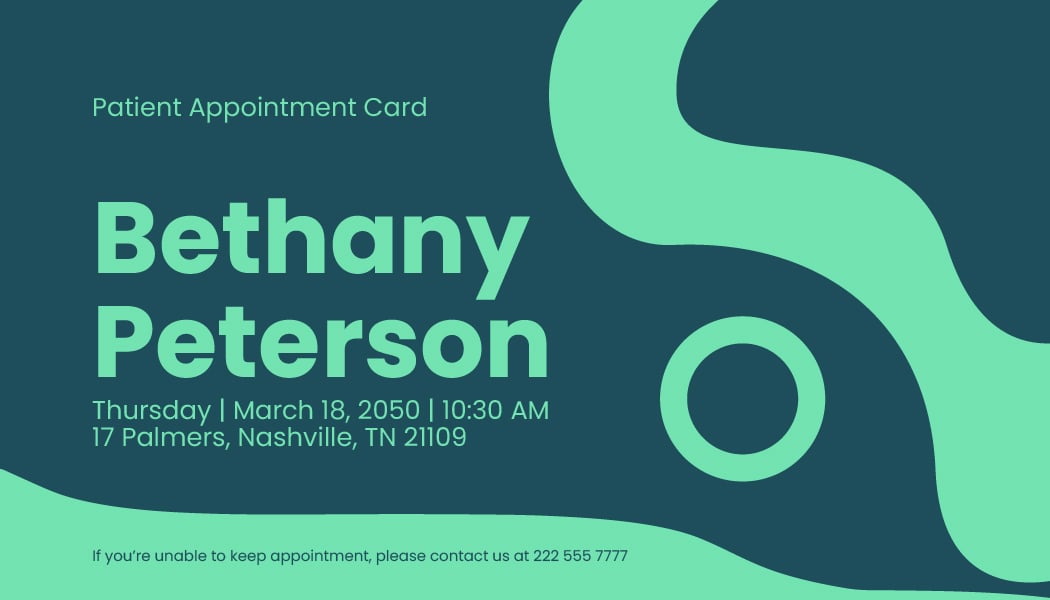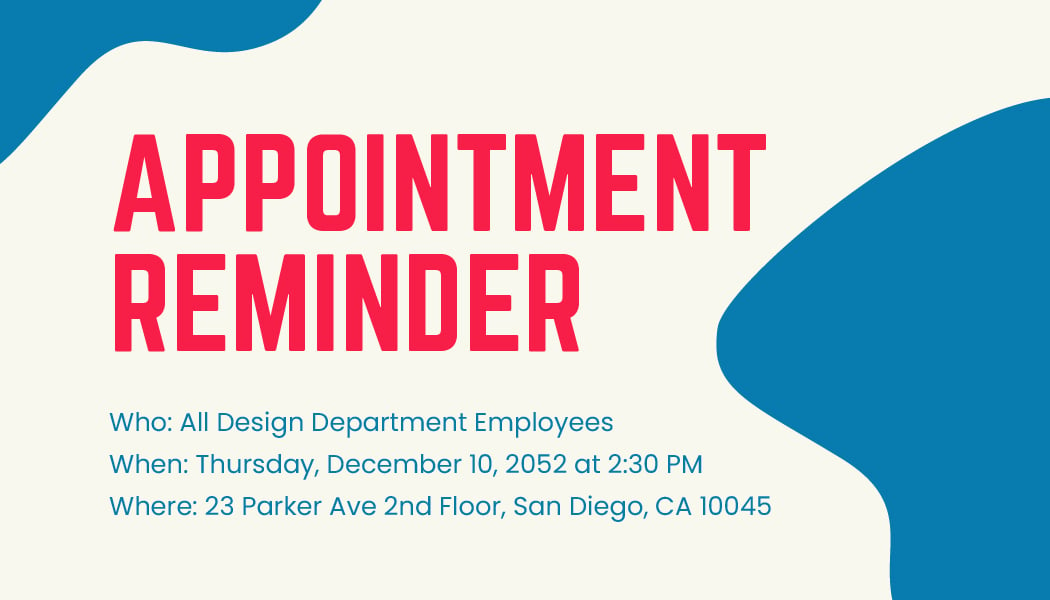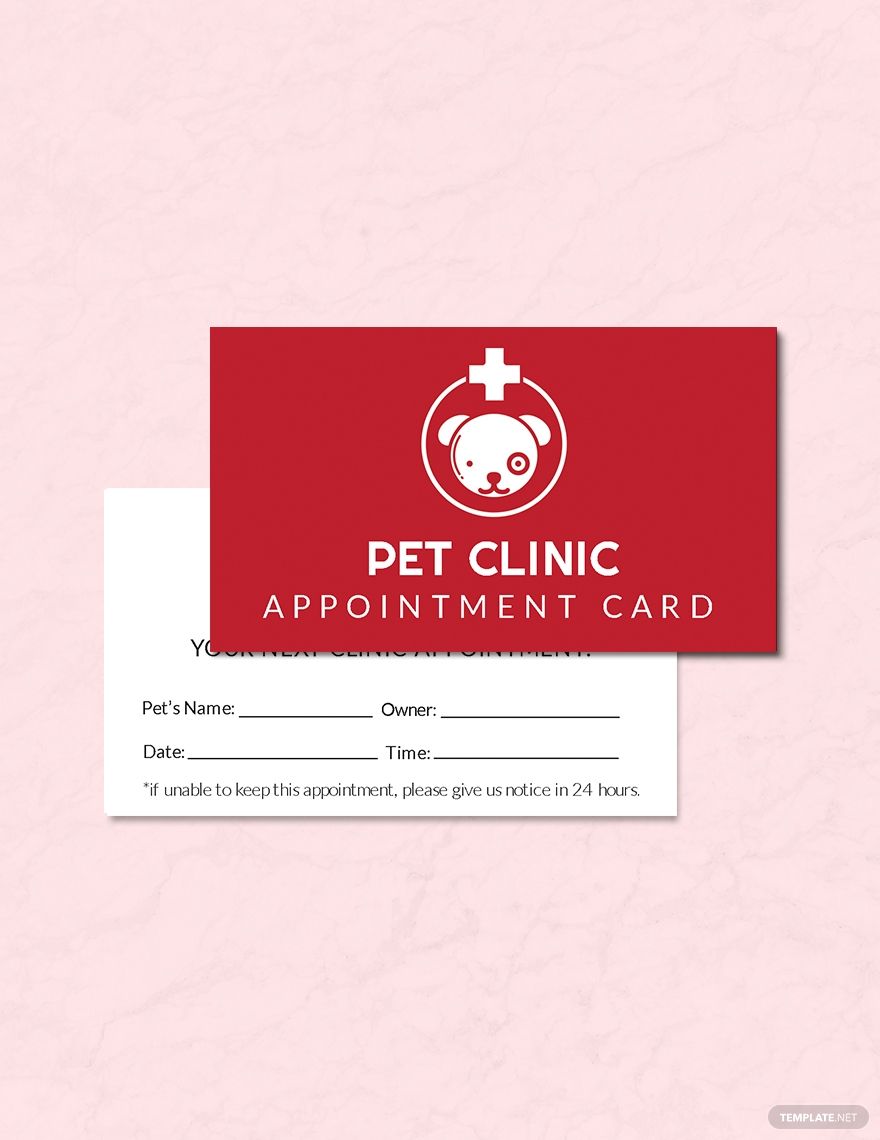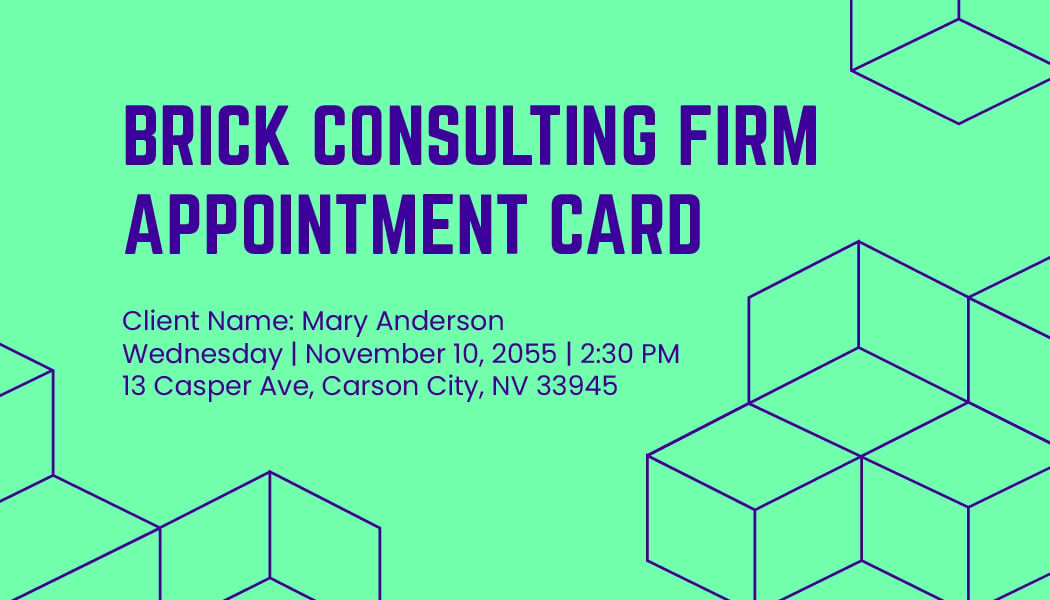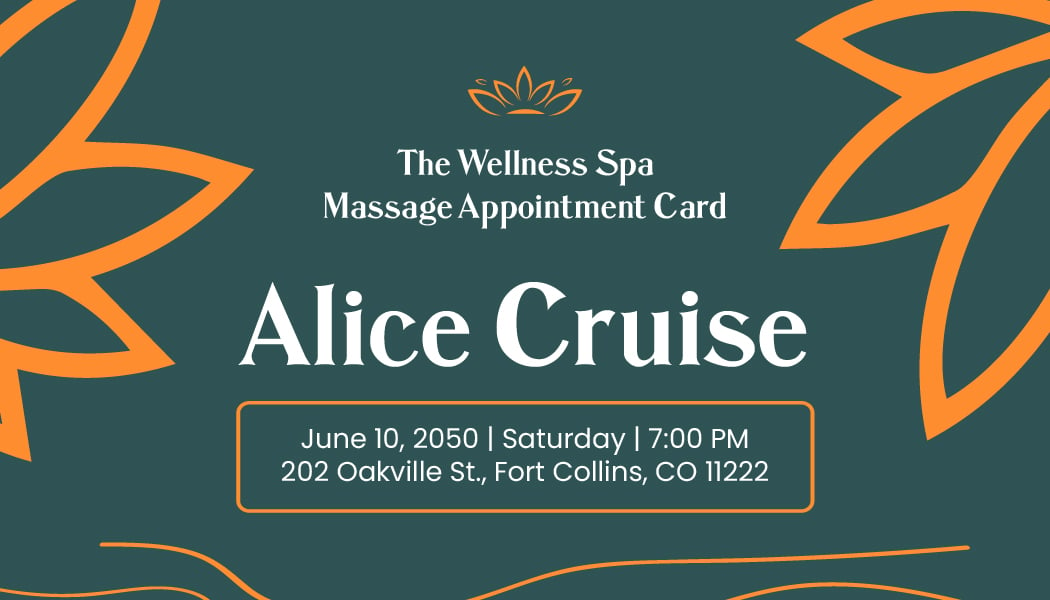A missed appointment can be detrimental to your business. Not only does it ruin your time to earn an income, but it also leaves you with a dissatisfied client. With an appointment card, you are sure that you can keep track of your schedule. Appointment cards are used to make sure that a business runs smoothly and efficiently since it helps in managing clients quickly without sacrificing the quality of your services. If ever you require one, our free ready-made Appointment Card Templates in Microsoft Word is available for your needs. Every card template is editable, printable, and 100% customizable. Download our Appointment Card Templates today and start creating an appointment card that can increase your business's efficiency.
How to Create Appointment Cards in Word
Appointment cards serve as a reminder for patients or customers to remember their schedule with you. With their hectic schedules, they may forget and miss a meeting or an appointment, which is unprofitable to both of you. With appointment cards, your clients can book your services ahead of time, and you can do a follow-up with them quickly. Aside from being a reminder, an appointment card can also function as a business card to promote your business. To create appointment cards in Word, below are some guidelines to help you with your task.
1. Download an Editing App
The first thing you'll need to have to start creating your card is an editing application. Download an editor that has an array of card-making tools. However, if you are creating an appointment card for the first time, it is convenient to start making them with Microsoft Word. To make it easier for you, it would be best if you use a template. If you cannot find any fitting templates in Word, you can always search for card templates until you can find a design you like. Getting a card template saves you time and money, too.
2. Layout and Content
If you are ready with your materials, you can now start working on the card. First, choose the orientation of your card. Adjust the size into 90mm by 50mm, which is similar to the measurement of business cards. A card of this size is more comfortable to use since it can fit in a wallet or the pocket, making it easier to file. Next, if you are finished with your layout, incorporate your branding by putting the logo of your business. Afterward, enter the contents of your card. Remember to put a space to write the vital information of the customer or patient and your business contact details. Give your contents space to breathe - make white space a priority.
3. Design and Printing
For your card's design, choose a color that complements your brand. However, if you already have a color that you've been using for your brand, you can try to be creative with it. Mixing it with another color can give it a whole new look. For your fonts, use simple ones and lastly, stick to one or two images relatable to your business. Use an excellent paper for your card to make it sturdy and not easily destroyed.
4. Online and Offline Appointment System
For your cards to be practical and useful, you need to set up a system that could help you process and track all scheduled appointments. The benefits of creating two appointment systems outweigh the pros of having only one of them. Costumers are now becoming busier; that is why they set their appointments online where it's convenient without needing to go out. However, others still prefer to call on the phone or visit the establishment when they have the chance to. Incorporating these facts with your strategy, the appointment system you're going to create will help you become more productive. It will also make it easier for you and your staff to update the schedules in real-time.
For your pen-and-paper appointment to work effectively, you can provide a sign-in sheet where your customers can write their names and leave their numbers. With an updated online appointment calendar, you can see if there's a slot for the customer's preferred time and date. If there isn't any, you can suggest another day for them. Write it in the appointment card before they leave the premises.
